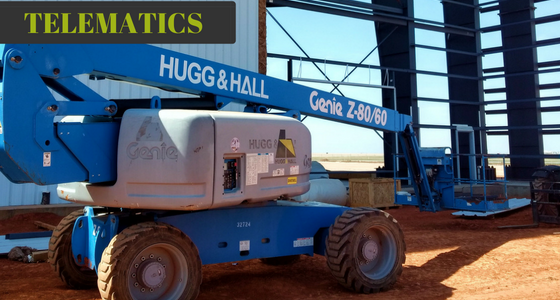
INNOVATION IN THE EQUIPMENT INDUSTRY
With the global construction and industrial equipment markets as competitive as ever, innovation and inventive...

With the global construction and industrial equipment markets as competitive as ever, innovation and inventive...

The use of telematic technology, i.e. telematics, is transforming the way equipment companies manage and...